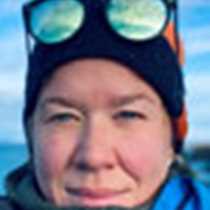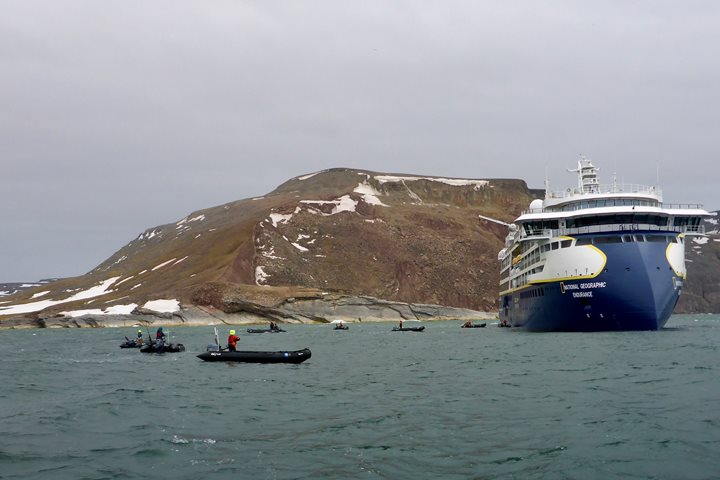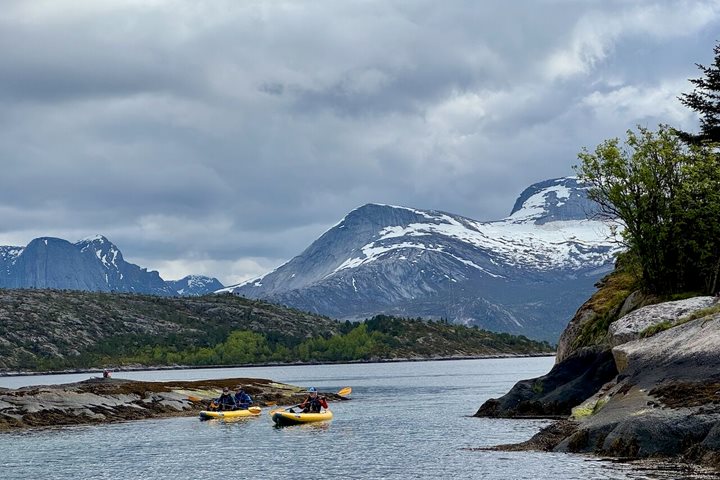We started our day at the island of Vega, a UNESCO World Heritage Site famous for eider down production. We were warmly welcomed by a local family. They treated us to a very interesting cultural walk through the village. They told us how the island was inhabited 10,000 years ago and shared local stories. The archipelago consists of about 6,400 small islands. Some are connected to the mainland by old stone bridges that are submerged during high tide. Sometimes it was impossible to get to school. That’s a better excuse than telling the teacher your dog ate your homework! Some of us hiked in the area, where we observed orchids and more parts of the UNESCO World Heritage Site.
We got to spend some time at the museum of Vega. Of course, we had waffles, and we got more insight into eider down production. Most of us did not pass the eider down test. This is how it is done. We placed our hands in front of us and closed our eyes. Our guide placed a ball of eider down in our hands, and we were supposed to say when we felt it. The down is so light, like air. After a while, we realized that our hands were getting warmer, but we had no idea when the down was placed there. Fantastic!
Our afternoon was spent in picturesque and beautiful Lomsfjord. Snow-covered, steep mountains with lush green forests surrounded the few summer cabins that are protected deep inside the fjord. We went ashore for a hike through the dense forest. We were framed by these beautiful mountains, and the views were spectacular. It was raining, and we really got the feeling of walking through a rainforest, although it is different from the ones we are used to hearing about. The surroundings were very rich and green. The slopes were covered in beautiful white anemones and ferns as we crossed tiny hanging bridges to travel farther into the forest.
Some of us had a chance to go on a Zodiac cruise and explore the fjord from the sea. We enjoyed nice sightings of white-tailed eagles and other birds like oystercatchers and redshanks along the shoreside.







